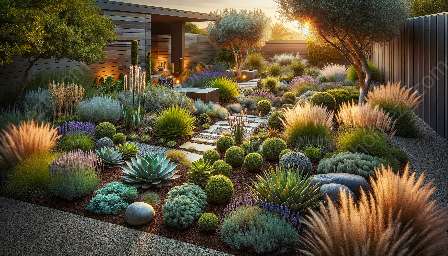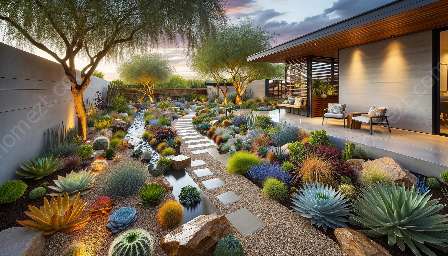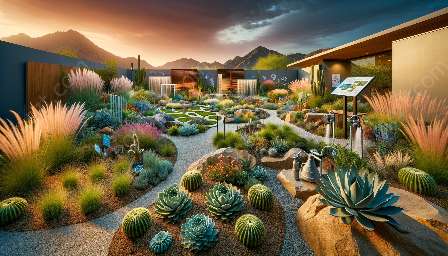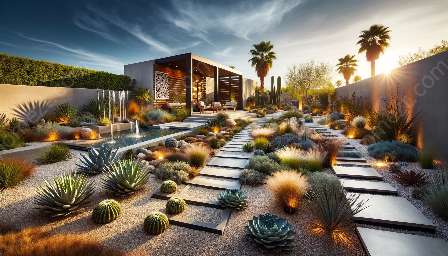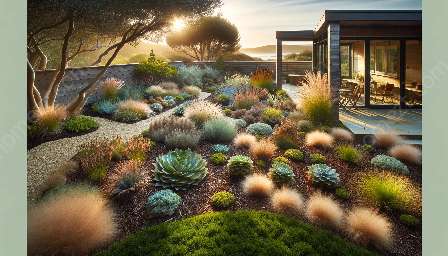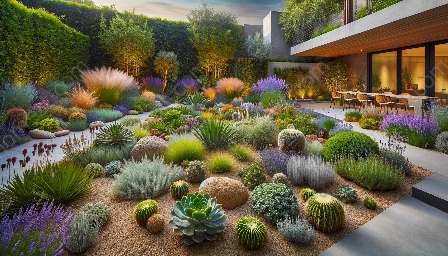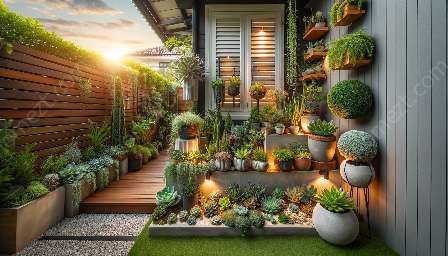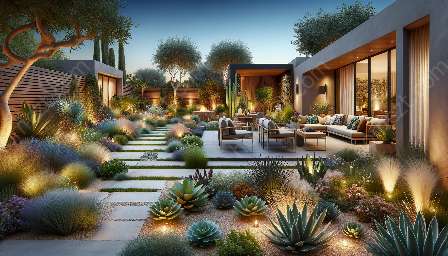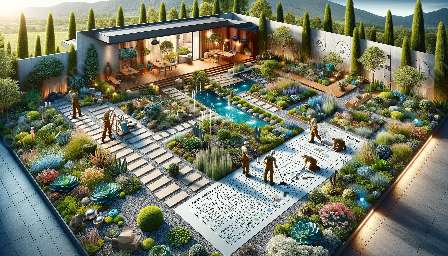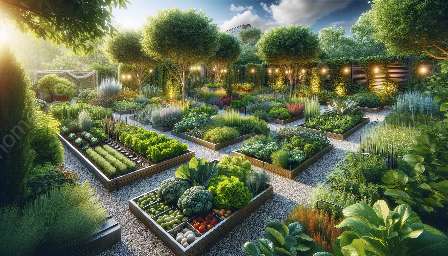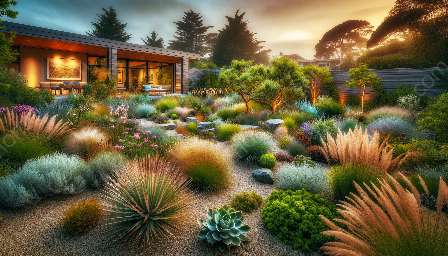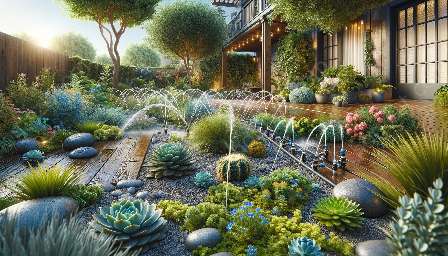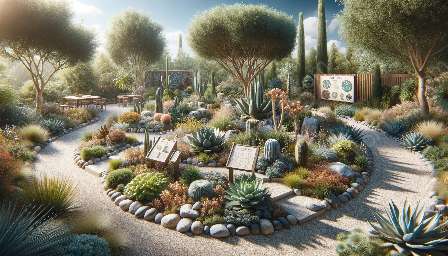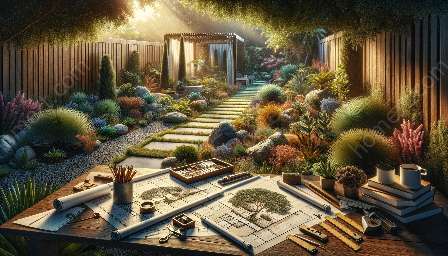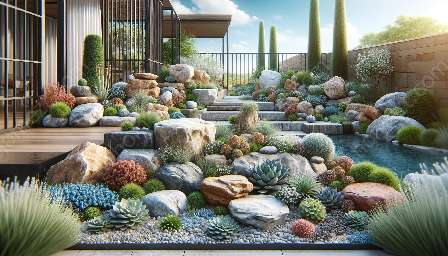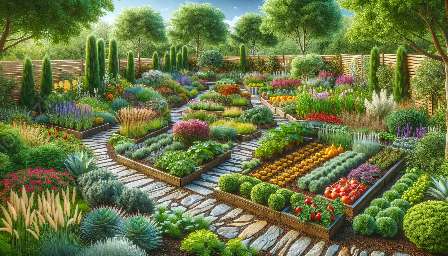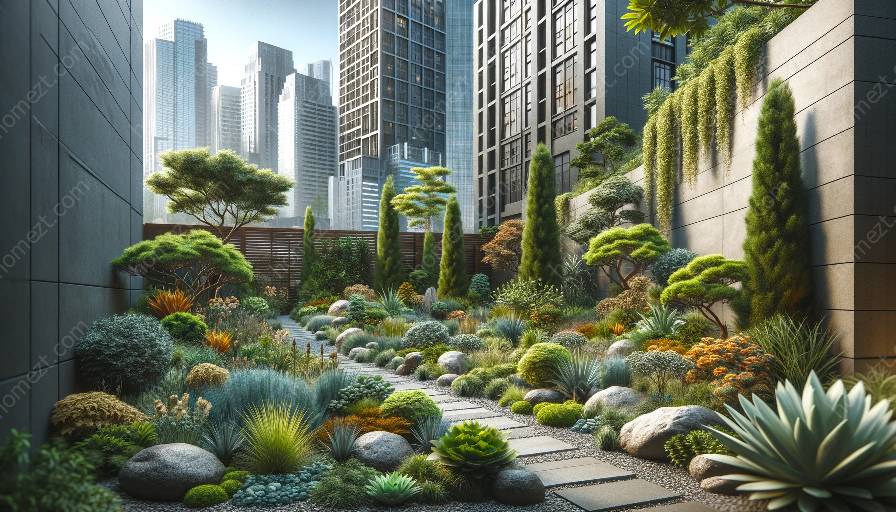As urban areas continue to expand, the need for sustainable and water-efficient landscaping becomes increasingly important. Xeriscaping, a landscaping technique that emphasizes water conservation, can be effectively incorporated into urban design to create visually appealing and environmentally friendly outdoor spaces.
The Principles of Xeriscaping
Xeriscaping focuses on creating landscapes that require minimal water usage, making it an ideal choice for urban areas facing water scarcity. This approach involves strategic plant selection, soil improvement, efficient irrigation, and thoughtful design to minimize water consumption while maintaining aesthetic appeal.
Benefits of Xeriscaping in Urban Areas
When designing a xeriscape for urban areas, it's important to consider the numerous benefits it provides. Xeriscaping can help reduce water usage, decrease maintenance needs, and promote biodiversity. Additionally, it can contribute to the overall beautification of urban landscapes while reducing the environmental impact of traditional landscaping practices.
Plant Selection and Diversity
One of the key elements of xeriscape design is selecting appropriate plants that are well-suited to the local climate and require minimal irrigation. Drought-resistant plants, such as succulents, ornamental grasses, and native species, are excellent choices for urban xeriscapes. By incorporating a diverse range of plants, designers can create visually dynamic and ecologically resilient landscapes that thrive in urban environments.
Water Conservation Techniques
In urban xeriscape design, water conservation is a primary focus. Utilizing efficient irrigation systems, such as drip irrigation and rainwater harvesting, can significantly reduce water usage while ensuring that plants receive adequate hydration. Incorporating permeable hardscapes, such as gravel pathways and porous paving, also helps to minimize water runoff and promote groundwater recharge within urban settings.
Creative Design Elements
Integrating creative design elements can enhance the aesthetic appeal of xeriscapes in urban areas. Utilizing natural stone features, decorative mulch, and artistic arrangements of drought-resistant plants can elevate the visual interest of xeriscape designs while maintaining a sustainable and low-maintenance environment.
Community Engagement and Education
When implementing xeriscape designs in urban areas, it's important to engage and educate the local community about the benefits of water-wise landscaping. By promoting public involvement in the design and maintenance of xeriscapes, urban areas can foster a sense of environmental stewardship and inspire sustainable practices among residents.
Maintaining Urban Xeriscapes
Proper maintenance is essential for the long-term success of urban xeriscapes. Regular monitoring of irrigation systems, prudent water management, and appropriate pruning are key practices to ensure the health and vitality of xeriscape plantings in urban environments. By implementing sustainable maintenance practices, xeriscapes can thrive and continue to provide environmental benefits to urban communities.
Conclusion
Designing xeriscapes for urban areas offers a dynamic opportunity to integrate sustainable landscaping practices into densely populated environments. By combining xeriscaping principles with creative design, water conservation techniques, and community engagement, urban xeriscapes can become vibrant and resilient green spaces that contribute to the well-being of both people and the environment.

